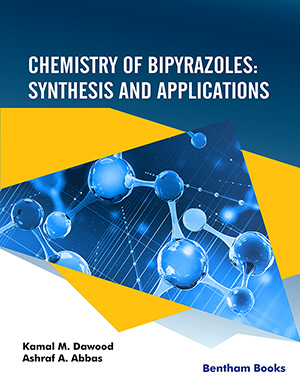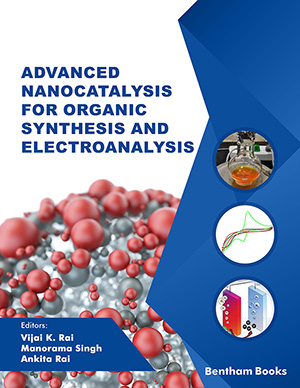
Abstract
Allelopathy is related to the positive or negative impacts on one type of plant of a chemical produced by another type of plant, such as weeds, and different kinds of chemicals are hydroxamic acids, phenolics, and short-chain fatty acids. The potential allelopathic impacts of weeds are directly associated with the plant species used, as well as the concentration of the aqueous extract available in the environment. The present research has made an attempt to find and identify the allelopathic effects of aquatic extracts from dry seeds and shoots of mallow (Malva sylvestris L.) on germination, seedling growth, and progress of three cultivars of maize. Maize seeds (Zea mays L.) were obtained as seed material; three maize seed cultivars were KSC 704 (cultivar 1), KSC 500 (cultivar 2), and KSC 302 (cultivar 3), respectively. The aqueous ex-tracts of mallow shoots and seeds, in concentrations of 1, 3, and 5%, were made from the crum-bled and dried above-ground plant sections. The influence of plant dosage was significant on the coefficient of the rate of germination (CRG), seedling vigour index (SVI), total germination (T50), mean germination time (MGT), germination energy (GE), germination index (GI), inhibi-tion percentage (IP), fresh mass, dry mass, relative water content (RWC), and total water content (TWC). Different plant parts had a meaningful influence on SVI, GI, MGT, CRG, GE, and IP. The impacts of the cultivar on T50, IP, RWC, fresh mass, dry mass, and TWC were significant. Together with the increase in the concentration of allelopathic components, a decline in the ger-mination activity of all tested maize cultivars was found. The highest SVI was associated with control treatment, followed by 1% and 3% of plant dosages. KSC 704 obtained the maximum CRG and GE, and the minimum one was related to KSC 500. 3% of plant dosage has obtained the highest value of CRG and GE. The maximum and the minimum T50 were related to KSC 302 and KSC 704, respectively. The lowest values of GI and MGT were related to KSC 500, and the maximum values were related to KSC 704. While the maximum IP, RWC, fresh mass, dry mass, and TWC were related to KSC 704, the lowest values were achieved for KSC 500. The RWC was the highest for seedlings grown on the 5% extract. The information provided in this article can be helpful in the conditions of the threat of maize seedlings with the mass appearance of mallow.
Keywords: Allelopathy, maize, mallow, mean germination time, germination energy, relative water content, total water content.
























